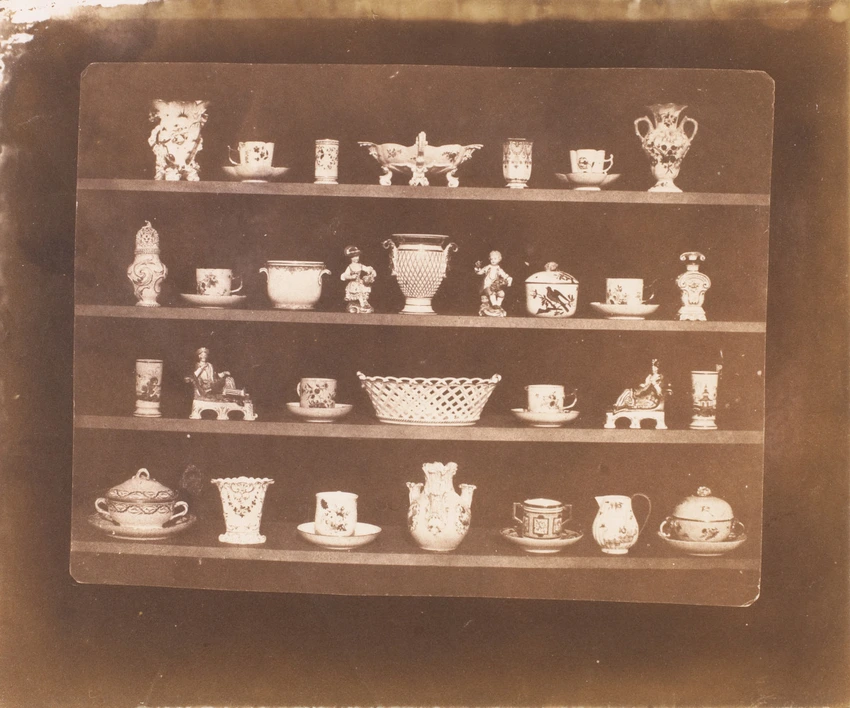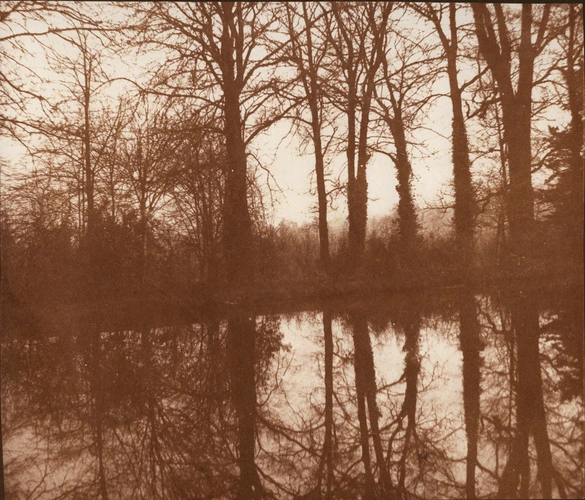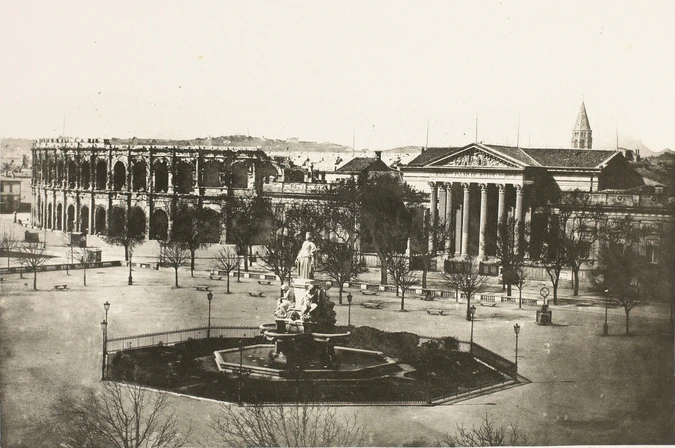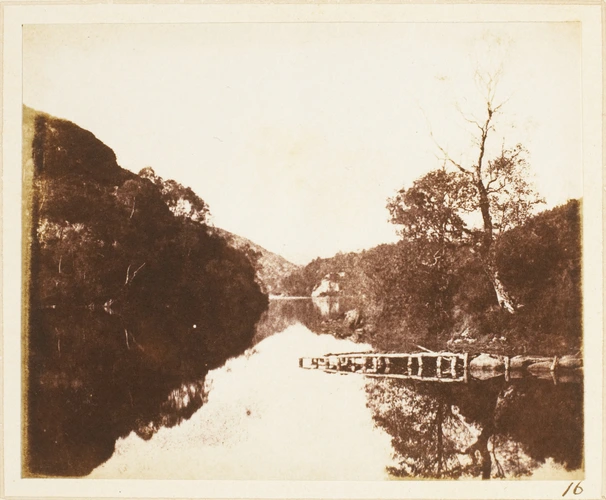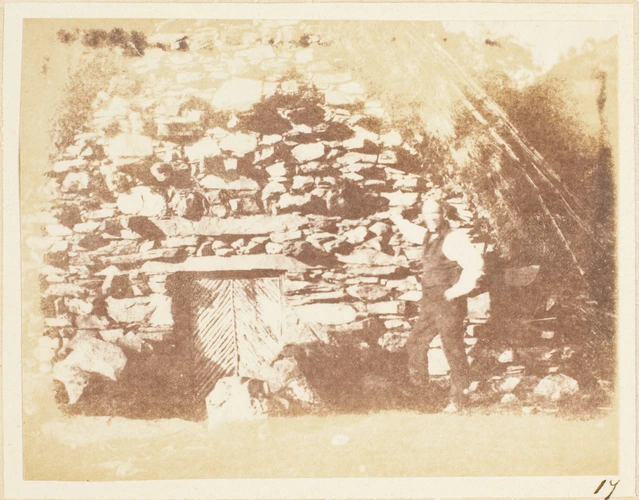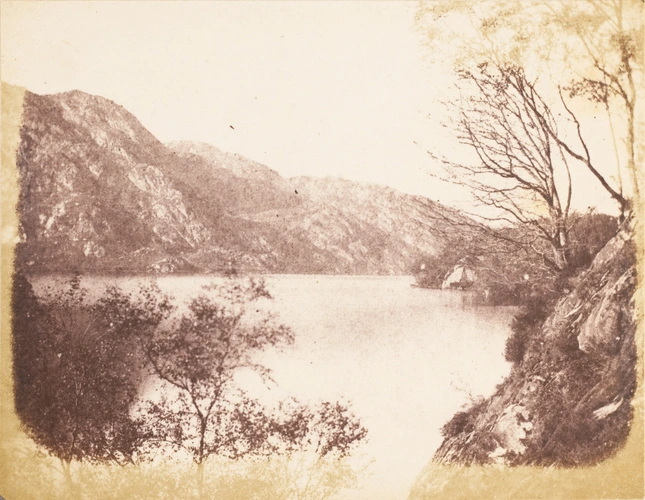Objets de porcelaine sur des étagères
The man of science from Lacock Abbey, a member of the Royal Society, was the designer who was to establish the technical specificity of photography: the negative-positive process which he called “calotype” (for the negative), and for which he filed a patent in 1841. Practiced in Great Britain, notably by Hill and Adamson, the calotype spread more especially to France between 1843 and 1860.
Talbot brought out The Pencil of Nature, a publication that involved highlighting the new possibilities offered by photography, with six fascicles published between 1844 and 1846.
The book is made up of an introduction followed by twenty-four photographs, with a commentary relating to the value of applying photography to this or that particular purpose. Thus “photogenic drawings,” architectural views, urban views, works of art, and collections of objects, as well as still lifes and genre scenes, are all featured in these pages.
The portrait, being the area of special interest to the daguerreotypists, does not feature here. For this plate (number III in the album’s first fascicle), Talbot has carefully arranged a collection of pieces of china on some shelves. Talbot insisted on photography’s special ability to reproduce such an arrangement of different items in a single shot and mentions a possible forensic application for photography (“The mute testimony of the picture”).
